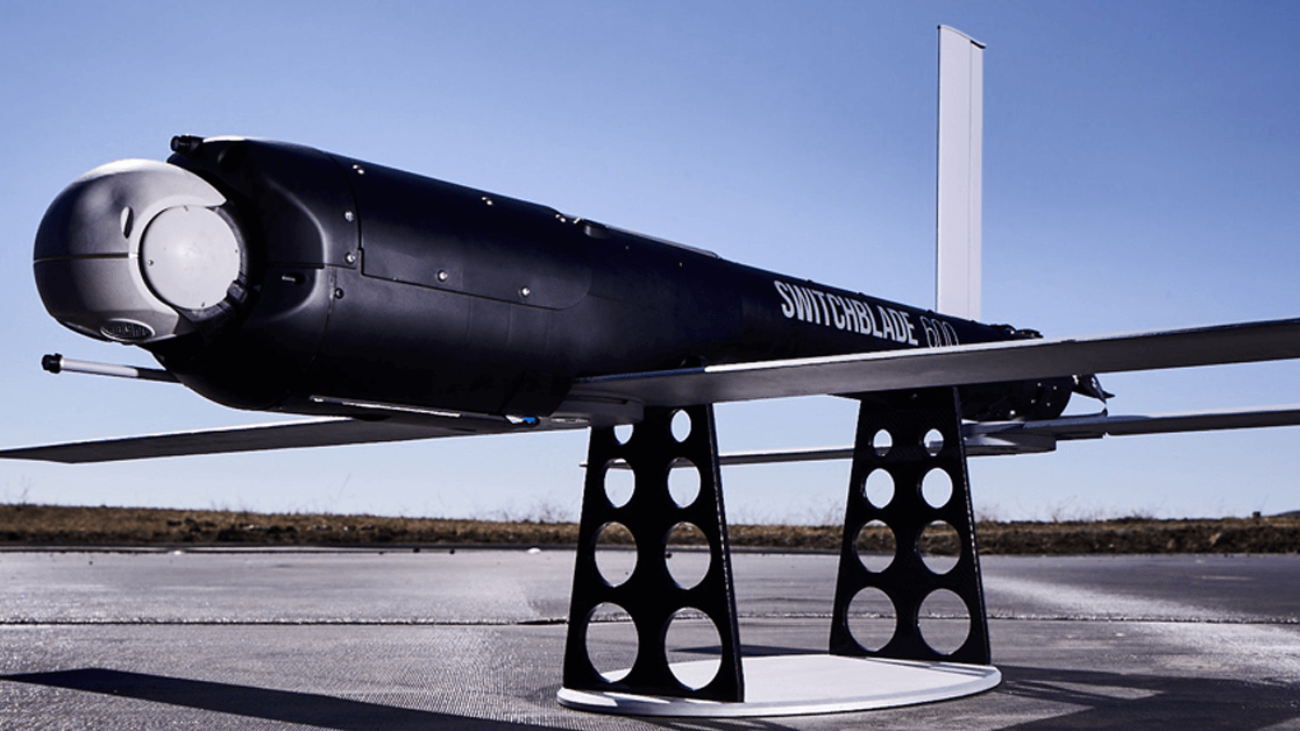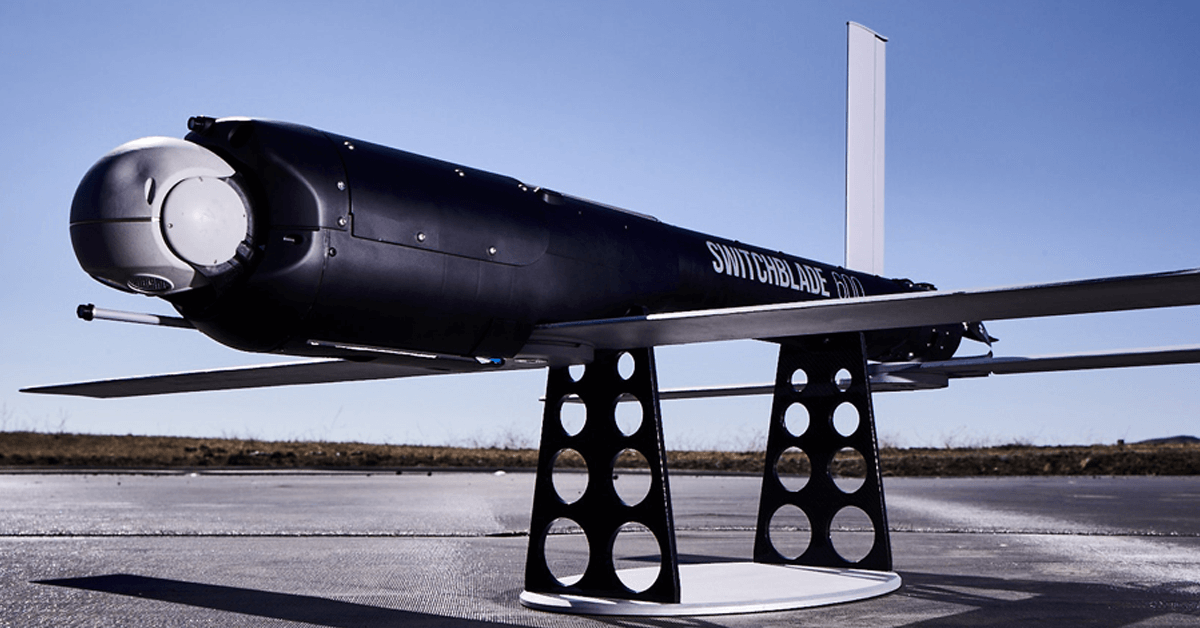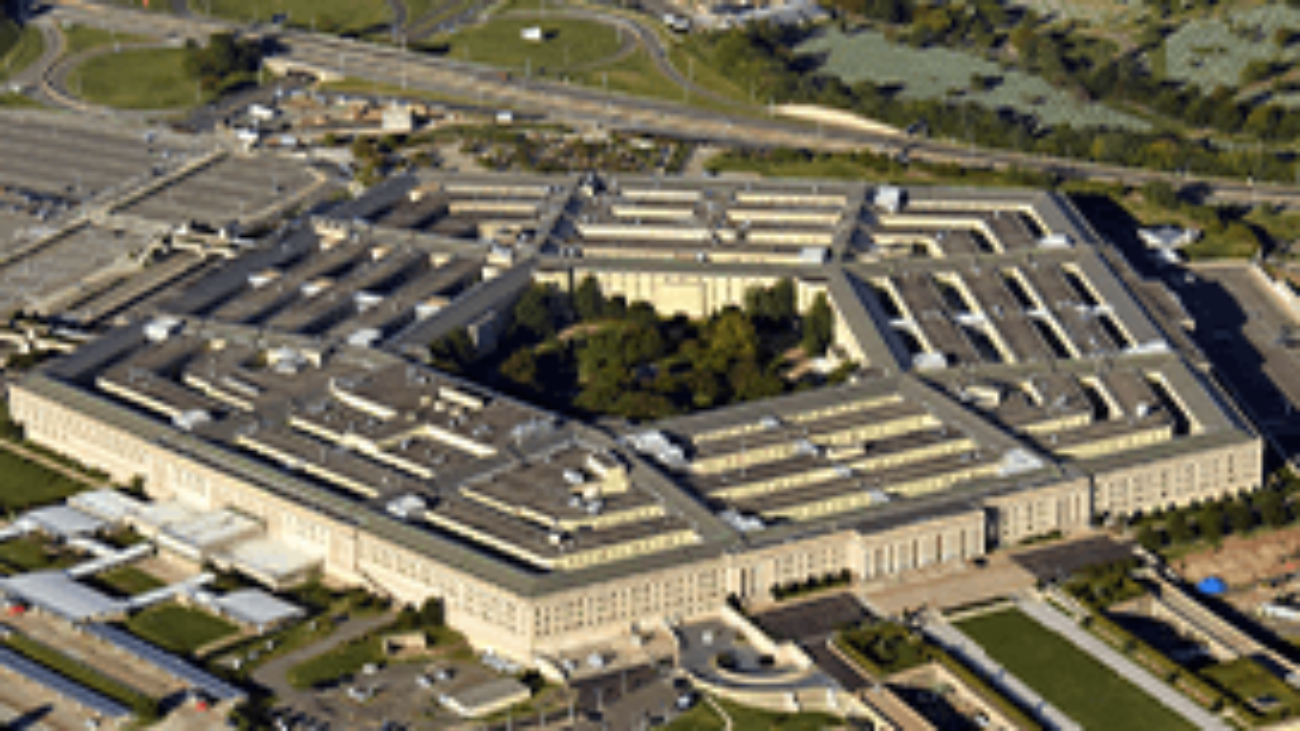In recent years, the federal government has seen a sharp rise in the volume and complexity of Freedom of Information Act requests, creating an overwhelming challenge for government agencies.
In fiscal year 2023, the federal government received an all-time high of 1,199,644 FOIA requests — a staggering 29% increase from the previous year. According to preliminary data from FOIA.gov, this surge shows no signs of slowing down. In the first three quarters of FY 2024, the federal government has already received more than 928,000 requests — an increase of more than 18% from the same period in the previous year. If the final quarter follows a similar pattern, the number of FOIA submissions will easily surpass 1.3 million for the year.
This rising volume underscores the public’s increasing desire for transparency and accountability. However, the sheer number of requests is only part of the story. The complexity of these requests is also evolving, posing further challenges for government agencies already struggling with reduced staffing levels and outdated technologies.
This perfect storm of expanding demand and stagnant capabilities has created significant backlogs across many agencies and significantly increased processing and litigation costs. These trends are forcing agencies to rethink how they handle public information requests, with many looking to advanced technologies such as artificial intelligence to alleviate the burden.
Increased Complexity of FOIA Requests
Today’s FOIA requests are more complex than ever. They often encompass large volumes of documents across multiple formats, including emails, PDFs, spreadsheets, and other file types. These requests can span years of data and involve multiple departments, agencies, and offices.
Sorting through vast quantities of information, much of it sensitive or confidential, requires both time and specialized knowledge. The ballooning amount of data can quickly overwhelm government agencies, especially those that rely on manual document review processes.
Many federal agencies are dealing with understaffing and outdated technologies that were never designed to handle the current FOIA workload. These limitations have led to mounting backlogs and delayed responses. While agencies are required by law to respond to FOIA requests within 20 working days, meeting this deadline has become increasingly difficult.
In FY 2022, there were 206,720 backlogged FOIA requests. While FY 2023 saw a slight drop in backlogs to 200,843, the backlog surged again in the third quarter of FY 2024, reaching 222,328. This marks an increase of more than 10% and suggests that agencies are falling further behind, struggling to process requests quickly enough to meet demand.
The costs of these delays extend beyond administrative burdens. Backlogs often result in litigation, as requesters who feel their FOIA requests are being unjustly delayed turn to the courts for redress. Increased litigation leads to higher legal costs for the government and further strains agency resources.
Technology as a Solution
Despite the challenges presented by the rising number and complexity of FOIA requests, this trend can also be viewed as a positive sign. It indicates a public that is actively engaged in the democratic process, seeking information to hold their government accountable. As agencies seek solutions, “end-to-end” solutions that harness the power of AI to help manage and track requests and securely collect relevant information show the most promise in easing the burden of FOIA compliance.
Manual document review — which involves reading, categorizing, and redacting sensitive information — is labor-intensive and slow. AI-driven tools, such as natural language processing (NLP) and machine learning, can greatly speed up this process by automating the search and analysis of vast datasets.
AI tools can group and prioritize documents based on their relevance to the FOIA request, helping teams find the necessary information faster. They can also flag potentially responsive documents, reducing the need for manual searches. With AI, agencies can automate much of the document sorting and categorization work, allowing them to respond more quickly to FOIA requests and reduce backlogs.
Moreover, AI can assist in maintaining the security of sensitive and confidential information, a critical concern for government agencies. Many FOIA requests involve documents that contain classified, personal, or legally protected information. AI systems can be trained to recognize these types of content and apply redactions automatically, helping ensure that sensitive information is not inadvertently released.
Looking Forward: The Future of FOIA Processing
As the federal government braces for what could be another record-breaking year of FOIA requests in FY 2024, the need for innovative solutions is clear. With the volume of requests expected to surpass 1.3 million and backlogs on the rise, agencies must adopt more efficient, technologically driven processes. Integrating AI-powered tools into FOIA processing could be a game changer, reducing backlogs, lowering costs, and improving accuracy.
In a world where data continues to grow in size and complexity, leveraging technology is not just an option — it is a necessity for the future of government transparency.
Amy Hilbert is Executive Vice President, Government at Casepoint, LLC., bringing 20+ years of experience supporting federal civilian and Department of Defense clients. Casepoint is a leading provider of data discovery and end-to-end FOIA solutions for government agencies.


















